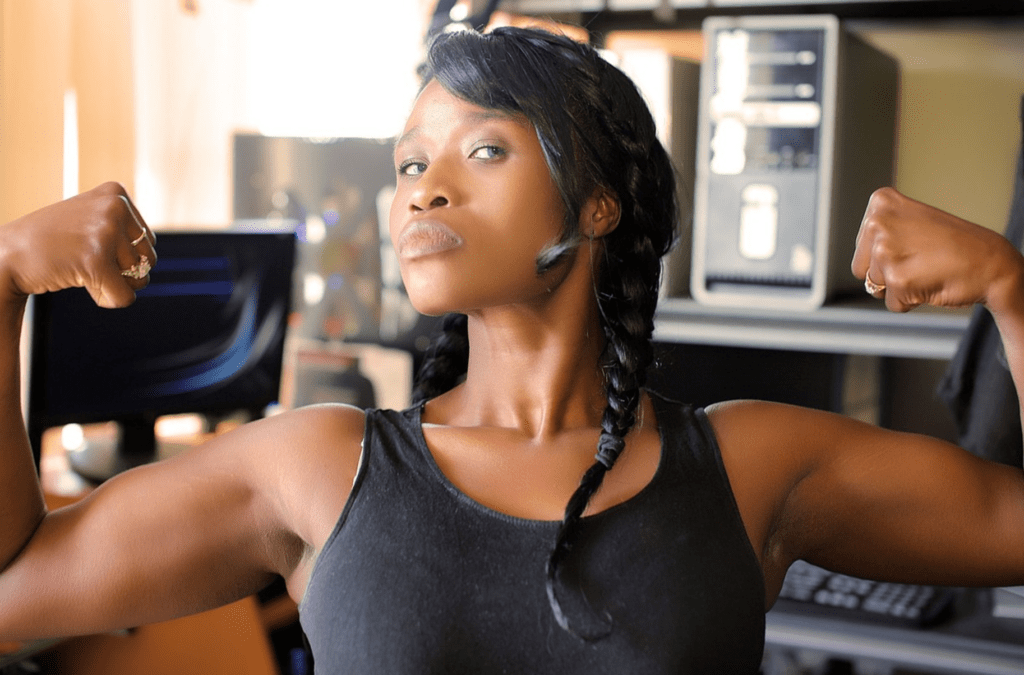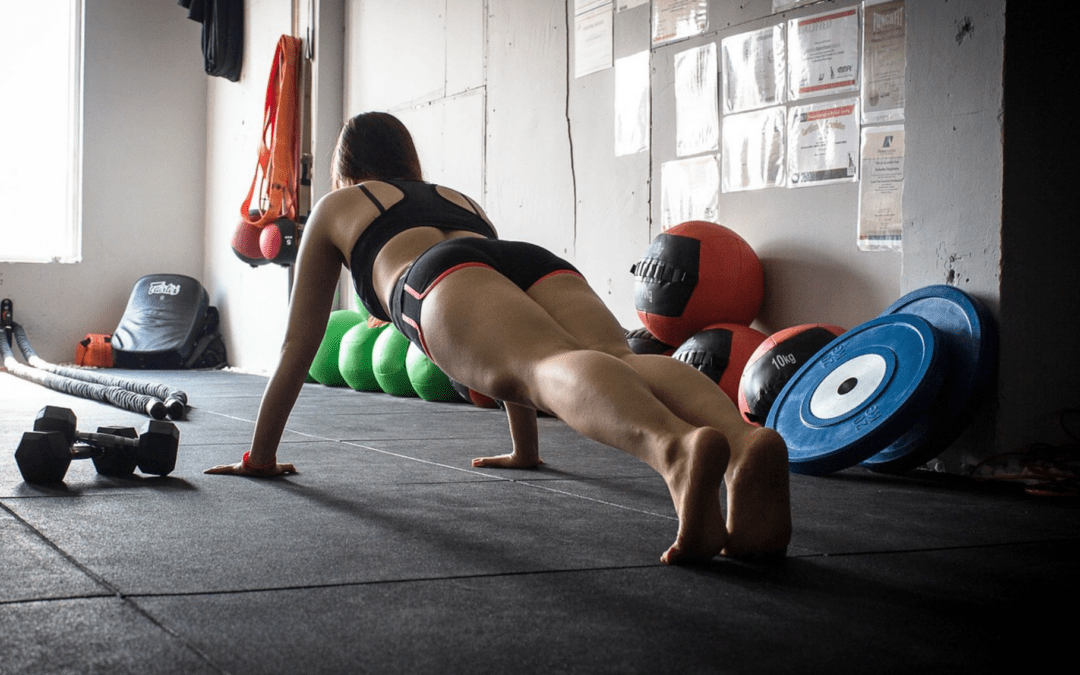What is Functional Fitness?
Functional fitness is a popular type of training that is now used worldwide as a way to improve health levels and well-being for many populations including school age children, athletes, seniors, military service members, mothers with post-partum depression (PPD), among others.
Functional fitness promotes healthy movement and physical ability. It synchronizes body functions so the body can function at its best.
With functional fitness, people can perform activities without pain or injury. They can use it to reduce their risk of heart disease, diabetes, and obesity. With functional fitness training, people can also increase their health levels and overall wellness.
Why is Functional Fitness so Popular?
Functional fitness is an approach to training that emphasizes using your body’s natural movements. This can be completed by performing exercises that use the major muscle groups such as squats, push-ups, and lunges.
Functional fitness has been at the forefront of recent trends in fitness both online and offline. Functional fitness programs are popular because they are easy to complete and target a wide range of muscle groups.
Functional fitness has been gaining popularity over the past few years because it challenges people to perform quick bursts of exercise for short periods of time before resting for a few minutes or even putting down their weights altogether. This is often followed by another quick burst, leading to an intense cardio workout that leaves participants sweating and feeling like they accomplished something in a short amount of time.
What are the Benefits of Functional Training?
Functional training is a training method that focuses on the use of the entire human body. The goal is to help improve performance in an individual’s chosen sport or activity.
The benefits of functional training are numerous. It can be used with most sports and activities but it has been widely studied in regards to improving athletic performance, which is why it’s often utilized by professional athletes.
Functional exercises tend to use multiple joints and numerous muscles. A lot of functional activities & movements focus on pushing, pulling or both the upper and lower body. Specifically in this case, you might see elbows, shoulders, spine, hips, knees or an ankle.
Acupuncture training can improve pain management & make everyday activities easier, helping you reduce the risk of injury and improve your overall quality of life.
In terms of broken bones, functional exercise training was found to help older adults improve balance, agility and muscle strength while reducing the risk of falls.
Functional training typically falls into two main categories: general and sport-specific.
General functional training is a way to improve overall capabilities, agility, and power in a variety of sports. Strength training is the foundation of this approach. Stability and mobility exercises help to prevent injuries and strengthen muscles that are vital for movement. Power-based exercises help individuals improve their speed, explosiveness, and strength endurance by emphasizing dynamic movements.
Endurance-based exercises help athletes recover from strenuous workouts. High-intensity interval training, for example, can improve an athlete’s performance by improving their cardiopulmonary and muscular performance.
Sport-specific functional training is a type of functional training that is designed for athletes to use before games or practices. This type of functional training helps athletes build strength, speed, power, agility, flexibility and endurance in their sport-specific movements while also improving their performance in their sport.
How Does Functional Training Work?
Functional training is a type of exercise which aims to increase power, strength, and speed. It is believed that it improves athletic performance.
Functional training consists of movements like the vertical jump, plyometrics, and power lifts such as squats and dead-lifts. The key aspect of functional training is that it incorporates movements from many different sports to provide a high-intensity workout.
Examples of functional fitness exercises?
Tai chi and yoga are both practices that are composed of physical movements that build functional fitness. Tai chi is a type of martial art that originated in China. It uses slow-moving, graceful movements to develop balance, coordination, and ultimately strength. Yoga is an ancient Indian practice meant to cultivate one’s spirituality and connect with the body’s natural healing abilities.
Examples of functional fitness exercises that use multiple joints and muscles:
- Standing Row
- Squats
- Kettlebell Get Up
- Single Leg Dumbbell Row
- Multidirectional Lunges
- Side Lunge with Reach
- Dumbbell Reverse Lunge
- Yoga Squat
- Dead-lifts
- Push-ups

Is Functional Fitness Right for You?
Functional fitness is an excellent way for people of all fitness levels to engage in a total-body workout. However, it is not for everyone. If you are someone that has been active their whole life and love working out, this may be something that will make your exercise routine more enjoyable while still building strength and stamina.
Why Should I Choose a Functional Trainer?
A functional trainer is a personal trainer who has been trained to develop and maintain skills that are specific for a particular activity. They identify the strengths and weaknesses of their client while addressing these issues through a variety of training methods.
Some benefits of choosing a functional trainer include:
– Improved body movement
– Improved balance, co-ordination, and stability
– Increased strength in muscle groups
– Faster healing time for injuries
Here’s How to Design a Personalized Program
It is important to have an individualized program in the first place. But, how do you design one?
In order for a program to be personalized, it should start with having a goal. This could be anything from losing weight to getting better grades. Then, you need to think about how you can achieve that goal and what activities are required for it.
Once your goal has been narrowed down, the next step is figuring out your personal target audience and what information they would like or need most out of your program. You should also consider who will help you with this process and who will be involved in the content of your program.
Dr. Brandon Welch will help you by:
- Evaluate your current program: By looking at what you’re already doing, Dr. Welch can look for ways to make your workouts more efficient and effective.
- Examine your goals: Dr. Welch will help you figure out if your goals are realistic.
- Help you stay motivated: Maintaining motivation to exercise during the week can be a challenge that is made easier by scheduling appointments with a pro.
- Push you a little harder: The people in your life, on and off the clock can make a difference when it comes to keeping you motivated at work. It’s easy to turn lazy when things are hard by yourself, but it’s harder when you’re pumped up with support from others.
- Hold you accountable: Dr. Welch can help you set weekly goals and then check on you to see how you’re doing, which is a great improvement to other options that require time-intensive exercise or too much effort in monitoring.
- Teach you: Whether you need to know how to lift weights properly or learn a new exercise to add to your routine, Dr. Welch is an invaluable resource. The best way to lose weight is through cardio, but strength training and core training can help as well.


